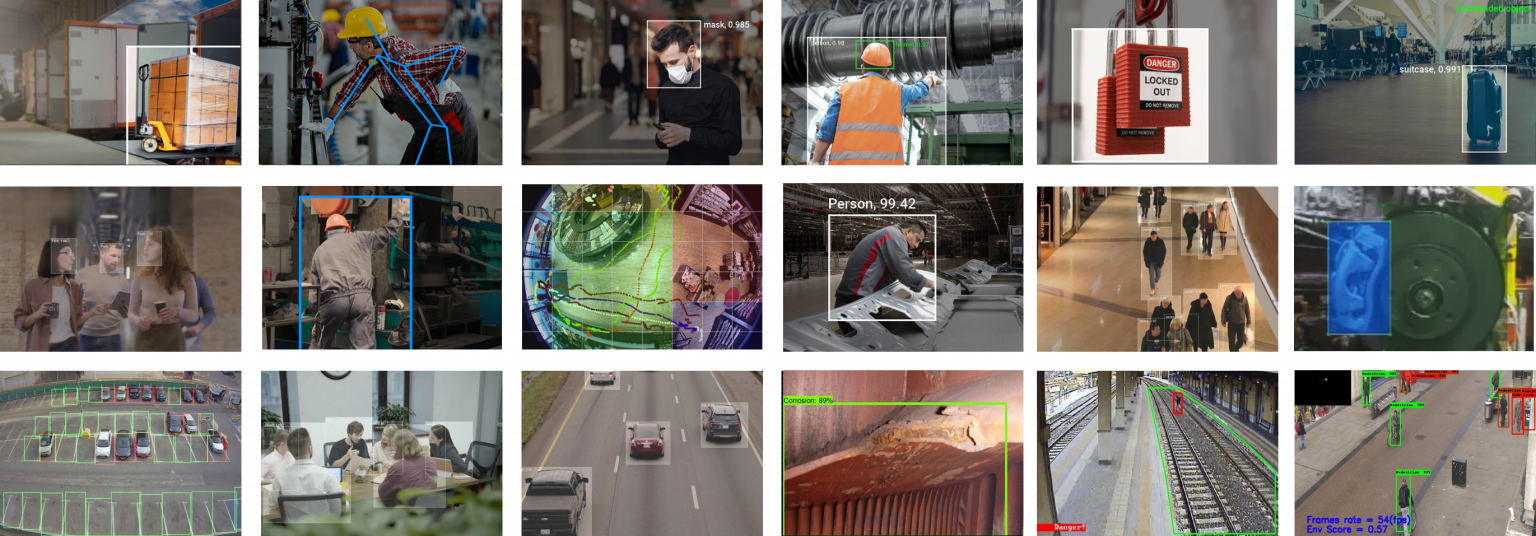With the explosive growth of mobile computing and Internet of Things (IoT) applications, billions of mobile and IoT devices are connected to the Internet, generating massive amounts of data at the network edge. As a result, collecting massive volumes of data in cloud data centers incurs extremely high latency and network bandwidth usage. Therefore, there is an urgent need to push the frontiers of artificial intelligence (AI) to the network edge to fully unleash the potential of big data. Edge AI is the combination of edge computing and AI, and it is a key concept for state-of-the-art AI applications.
What is Edge AI?
Edge AI is the combination of Edge Computing and Artificial Intelligence to run machine learning tasks directly on connected edge devices. To gain an understanding of what edge ai is, we need to look at the technological trends that drive the need for moving AI computing to the edge.
Edge AI is driven by Big Data and IoT Today, in the era of the Internet of Things (IoT), an unprecedented volume of data generated by connected devices needs to be collected and analyzed. This leads to the generation of large quantities of data in real-time, which requires AI systems to make sense of data.
Traditionally, AI is Cloud-based Initially, AI solutions were cloud-driven due to the need for high-end hardware capable of performing deep learning computing tasks and the ability to effortlessly scale the resources in the cloud. This involves offloading data to external computing systems (Cloud) for further processing, but this worsens latency, leads to increased communication costs, and drives privacy concerns.
What is Edge Computing? To address the limitations of the cloud, there is a need to move the computing tasks to the edge of the network, closer to where the data is generated. Edge Computing refers to computations being performed as close to data sources as possible instead of on far-off, remote locations. Hence, edge computing is used to extend the cloud as it is typically implemented in the form of edge-cloud systems, where decentralized edge nodes send processed data to the cloud.
What is an edge device?
An edge device is either an end device or an edge server able to perform computing tasks on the device itself. Hence, edge devices process the data of connected sensors that gather data, for example, cameras that provide a video stream. Examples of edge devices are any computers or servers of a wide range of platforms. Basically, any computer of any form factor can serve as an edge device, from laptops and mobile phones to personal computers, embedded computers, or physical servers. Popular computing platforms for edge computing are x86, x64, or ARM. For smaller prototypes, edge devices can be an SoC (System on a Chip) such as the popular Raspberry Pi or the Intel NUC series. Such SOC devices integrate all basic components of a computer (CPU, memory, USB controller, GPU). More ruggedized and robust examples of edge devices include the NVIDIA Jetson tx2, or Jetson nano, Google Coral platform, and others. Compared to conventional computing, ML tasks require very powerful AI hardware. However, AI models tend to become lighter and more efficient. Examples of popular object detection algorithms for computer vision include YOLOv3, YOLOR, or YOLOv7. Modern neural networks have a particularly lightweight version that is optimized for running ML at the edge (in particular, “tiny” models, e.g. YOLOv7-tiny.
Edge AI Applications
With Edge AI, it becomes possible to power scalable, mission-critical, and private AI applications. As Edge AI is still a very new technology, there are many more applications to be expected in the near future. Smart AI Vision includes computer vision applications such as live video analytics to power AI vision systems in multiple industries. Intel developed special co-processors named Visual Processing Units to power high-performance computer vision applications to edge devices. Smart Energy applications such as connected wind farms. A study examined a remote wind farm’s data management and processing costs using a cloud-only system versus a combined edge-cloud system. The wind farm uses several data-producing sensors and devices such as video surveillance cameras, security sensors, access sensors for employees, and sensors on wind turbines. The edge-cloud system turned out to be 36% less expensive as opposed to the cloud-only system, while the volume of data required to be transferred was reduced by 96%. AI Healthcare applications such as remote surgery and diagnostics, as well as monitoring of patient vital signs, are mostly based on edge devices that perform AI at the edge. Doctors can use a remote platform to operate surgical tools from a distance where they feel safe and comfortable. Entertainment applications include virtual reality, augmented reality, and mixed reality, such as streaming video content to virtual reality glasses. The size of such glasses can be reduced by offloading computation from the glasses to edge servers near the end device. For example, Microsoft recently introduced HoloLens, a holographic computer built onto a headset for an augmented reality experience. Microsoft aims to design standard computing, data analysis, medical imaging, and gaming-at-the-edge tools using the HoloLens. Smart Factories applications, such as smart machines, aim to improve safety and productivity. For example, operators can use a remote platform to operate heavy machines, particularly those located at hard-to-reach and unsafe places, from a safe and comfortable place. Intelligent transportation systems, whereby drivers can share or gather information from traffic information centers to avoid vehicles that are in danger or stop abruptly, in a real-time manner to avoid accidents. In addition, unmanned vehicles can sense their surroundings and move safely in an autonomous manner.
Content credits- https://viso.ai/edge-ai/edge-ai-applications-and-trends/

